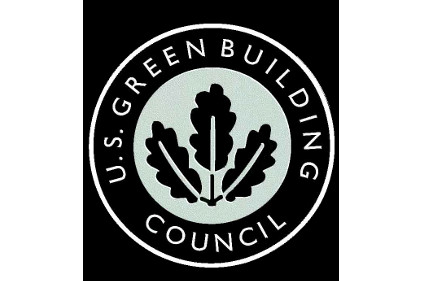Canada No. 1 Country for LEED Outside U.S.

Canada stands as the largest international market for LEED green buildings and boasts more square feet of LEED-certified space than any other nation outside the U.S., according to a new report released today by the U.S. Green Building Council (USGBC).
LEED in Motion: Canada is the latest in a series of reports from USGBC designed to provide a holistic snapshot of the green building movement in international markets. The report equips green building advocates with the insight and perspective to understand the use of the globally recognized LEED rating system and to make a strong case for sustainable building activity.
LEED in Motion: Canada is a full accounting of all LEED activity in the nation, outlining the locations of its 1,633 LEED-certified projects, which total 240 million gross square feet of real estate.
“Because of the leadership of the Canada Green Building Council, our northern neighbor has become a critical ally in our mission to see a sustainable built environment within a generation,” said Rick Fedrizzi, president, CEO and founding chair, USGBC. “The imperative for healthy, high-performing green buildings to enhance occupant health and mitigate greenhouse gas production is well-understood in Canada, and our latest LEED in Motion report showcases the country’s successes and momentum.”
“As the first country to adopt LEED outside of the United States, the Canadian building industry embraced the LEED system early on to create what is now a strong base of over 1,600 certified green building projects across the country,” said Thomas Mueller, president and CEO, Canada Green Building Council. “I am very pleased about our 10-year collaboration with USGBC to transform the building industry in North America. This report highlights the advanced work Canadian professionals are doing to reduce carbon emissions and affect positive change on environmental and human health issues using market-based solutions.”
Featuring forewords from Mueller and Vancouver Mayor Gregor Robertson, the report highlights how LEED works in Canada, explaining the mechanisms driving its adoption including its global recognition, emphasis on building site location, focus on reduction of energy use in the building sector and numerous health and productivity benefits for building occupants.
To illustrate the movement toward a sustainable building sector in Canada, the report features project profiles and testimonials from green building project leaders who speak to the merits of green design and construction using the LEED system.
It also notes the importance of CaGBC, the network of LEED credentialed professionals, the LEED International Roundtable, Regional Priority Credits and Alternative Compliance Paths in LEED as important elements that have allowed for green building practices to take root and flourish in Canada.
LEED in Motion: Canada also notes green building policies that have been critical to broadening LEED’s adoption, featuring a list of the cities in Canada that have incorporated LEED into their local building codes as well as provincial and federal green building requirements.
Looking for a reprint of this article?
From high-res PDFs to custom plaques, order your copy today!








